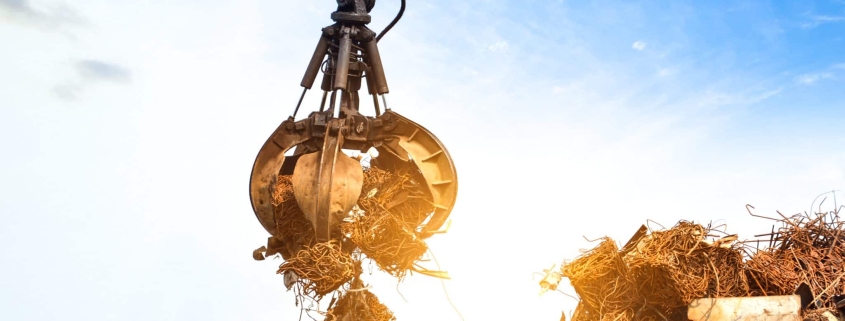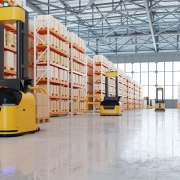Minimize material waste thanks to automation
Material waste refers to the amount of material that is used in an industrial process that is not converted into a final product and discarded. This can be caused by a variety of reasons such as human error, inefficient processes, machinery failure, defective materials, among others.
But the waste of material not only represents an economic cost for industries and organizations, but also has a negative environmental impact by increasing the amount of waste and the carbon footprint. Therefore, it is important to minimize the waste of material through different solutions such as the automation of the main operations that generate waste in the entities to work more efficiently.
Some of the costs associated with material waste include the direct cost of the material being scrapped, which includes the purchase cost of the material, the cost of labor, and indirect costs associated with transportation and storage. Other types of costs associated with this are the time and effort lost in the identification and treatment of wasted materials, the cost of waste management, among others.
Avoiding waste is important for the environment for several reasons. The first is the reduction of the carbon footprint, since, after reducing material waste, the amount of material that is extracted, processed and transported is reduced, which in turn reduces greenhouse gas emissions and the carbon footprint. Likewise, by avoiding material waste, natural resources are conserved and pressure on limited supplies of critical materials is reduced.
In summary, avoiding waste in industries is important for the environment because it reduces the carbon footprint, conserves natural resources, reduces pollution and improves waste management. Likewise, the economic cost of material waste in industries can be significant and can include direct, indirect, and opportunity costs. Therefore, it is important to take steps to minimize material waste and improve resource efficiency.
How automation can help minimize material waste?

Automation can help minimize material waste in many ways, including:
Efficiency improvement
Process automation can improve efficiency and reduce material waste by automating repetitive tasks and reducing human error. Automation allows all processes to run smoothly and make continuous improvements without requiring exceptionally large workforces.
It also makes it possible to reduce the amount of material used in production through the use of recycled or alternative materials. In addition, it allows a reinforced quality control and greatly facilitates the constant testing and evaluation of the product and the production processes, which allows the early detection of problems.
Real time monitoring
The best automation solutions can provide real-time information on processes and materials used, allowing you to quickly identify any waste and take steps to reduce it. In addition, automation reduces the likelihood of human error, which eliminates the costs associated with wasted materials.
Many organizations have become a complex and globally interlocking system with many participants, hence these production process controls. This monitoring also allows processes to be kept within precise limits and to make the necessary adjustments.
Inventory control
Automating inventory control can help prevent unnecessary material buildup and reduce waste. By providing accurate and real-time information on product stocks, automation enables better management and control of inventories and warehouses. This allows companies to make informed decisions about when to order and in what quantities, reducing excess inventory and expenses associated with storage and obsolescence of products.
In addition, automation can also help prevent manual counting errors and optimize storage space, contributing to more efficient and sustainable inventory and warehouse management.
Process optimization
Automation can help streamline production processes, reduce material waste, and improve resource efficiency. And in this way it improves production planning, which ensures that the material and minimizes waste.
Analysis of data
Automation solutions can provide valuable data for analysis and decision making, helping to identify areas of waste and take steps to reduce them. This collected data can help determine the existence of bottlenecks in your processes in order to avoid or prevent them, increasing efficiency.
If we implement automated systems in our entities, it will also be necessary to train and train employees so that they know how to reduce material waste and improve work efficiency thanks to this new technology. The effective implementation of these measures can help reduce costs, improve efficiency and protect the environment.
In summary, automation can help minimize material waste through efficiency improvement, real-time monitoring, inventory control, process optimization, and data analysis.









